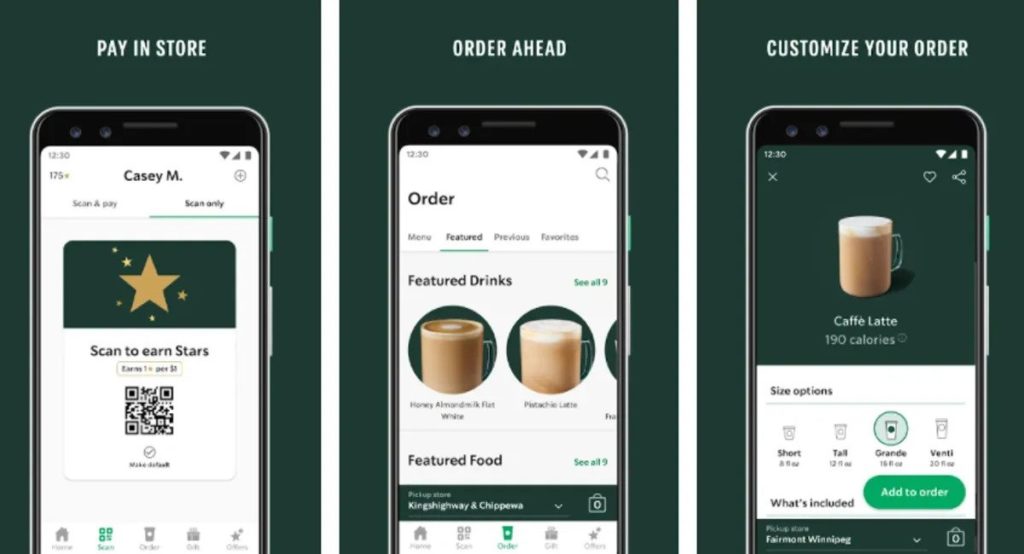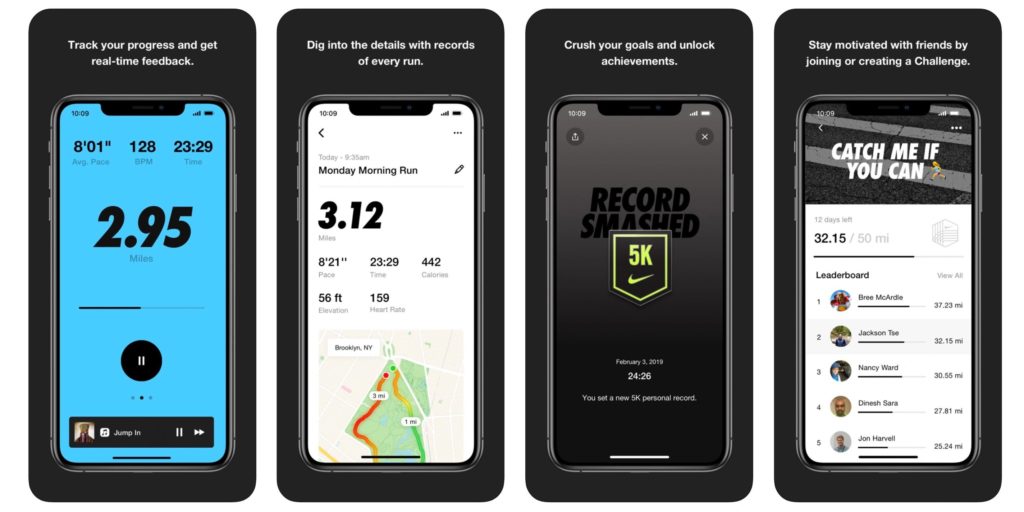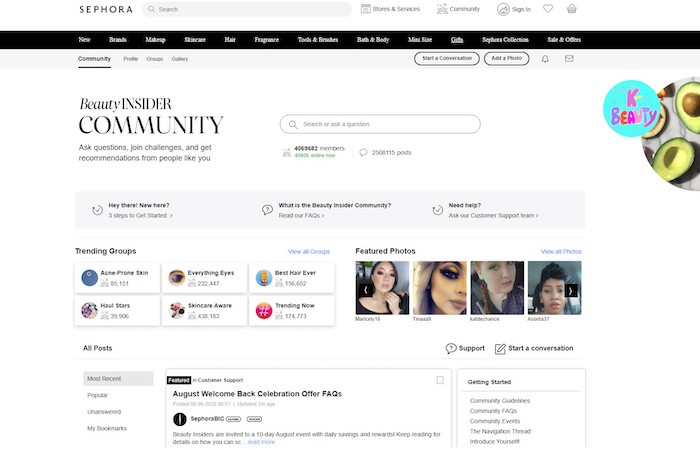Search Engine Optimization (SEO), Google Ads, social media, etc. All these levers have become necessary to reach your target and highlight your offer. However, your efforts may be less effective in the face of demanding consumers and fierce competition. There are different marketing strategies to encourage your visitors to choose your brand and take action. One of these strategies is called gamification.
What is gamification?
Gamification is the process of adding game-like mechanisms to non-game environments, such as a website, online community, learning management system, or corporate intranet, to increase interest and participation. The goal of gamification is to get consumers, employees, and partners to collaborate, share, and interact in a context where it is increasingly difficult to draw their interest in any subject. As a result, gamification has become an attractive and highly effective strategy for brands and retailers to improve their sales.
Gamifying the search or purchase of a product, in other words, making it a game, transforms an activity that has become repetitive and onerous for most consumers into something much more interesting.
Why is it important to use gamification for your e-commerce?
Gamification has many advantages to improving the performance of your e-commerce. It allows you to:
- Reduce abandonment rate: offering a fun and engaging experience to website visitors increases your chances of conversion and pushes them to take action, which reduces your shopping cart abandonment rate.
- Enrich your database: you collect data from your consumers more efficiently by asking them to participate in your games. This allows you to collect qualitative data to qualify your audience. You can then use this data for your newsletters or to qualify your advertising targets.
- Attract the attention of new segments: games can improve your brand awareness by attracting younger customers and audiences who were unaware of your brand.
- Increase online visibility: gamification activities are generally more shared on social networks and therefore receive more promotion and impact, which will help your brand reach more audiences.
Gamification is also there to help you increase your online and offline conversion rates by offering your customers benefits at the end of the experience, such as coupons or loyalty points, for example. By including fun video games in your shopping process, you encourage your audience to create an online community that helps build loyalty. The community effect will give them a sense of belonging. This way, you will also increase your brand awareness.
Ideas of games to use for your e-commerce
Wheel of Fortune:
This is a very eye-catching activity that allows you to collect users’ contact information in an easier and less intrusive way. According to Omnisend, the wheel of fortune works better than pop-ups or sign-up boxes to collect consumer data. You can apply this idea in an infinite number of ways. Its concept is simple; just offer different prizes on the wheel like a free product, a 10% discount, or free shipping. Note that wheels work best on home pages and key landing pages.
Rewards for referrals
In recent months, this gamification strategy of rewarding the consumer for inviting new shoppers into the store has become very trendy. Since you don’t have to spend more to get a perk, this method is really easy and appealing to the majority of shoppers, which is why it works so well for almost all types of products and businesses, including banks. To put it simply, the user receives a discount for every “friend” they bring to the online store, using follow links, or when they leave a comment or review on the website or specialized platform.
Contests and gifts
Another classic: organizing a long-running contest to win discounts, free products, or exclusive access to a new collection or launch. This is the most used gamification activity by brands and retailers, as it allows them to get a lot of free promotions and leads. Typically, the rule is to answer a question, share a message or photo, comment on a post or mention the brand on social media. This will increase audience engagement by participating and, therefore, exposure for your brand.
Scratch coupons in emails
This system is similar to roulette: a card that the user interacts with to reveal an instant prize that is hidden underneath. Similarly, they are most often different types of discounts or promotions that encourage purchase. They are usually used in emails but also in phases where the customer is in the process of making a purchase, such as the final checkout page.
Read also : → Gamification: a must to make your luxury brand to take off
3 examples of e-commerce brands that use gamification
1. Starbucks

Rather than a traditional rewards program, Starbucks offers its customers to collect stars to earn rewards and reach different levels, all via the My Starbucks Rewards application. When a customer reaches 5 stars, they become a Green-level member. With 30 stars, they move up to the Gold level. Each level leads to better rewards. Gold members, for example, get free drinks. This creates a sense of accomplishment within the community, which builds customer loyalty.
2. Nike Run Club

Nike is also one of those players who pioneered gamification. Nike Run Club is an application that extends the experience of its customers beyond the simple purchase of its products to increase engagement and interactivity with the brand. Users of the app can set training goals, measure their activity, and connect with a community of like-minded athletes. Using the app, users are constantly encouraged to log their sessions and participate in organized challenges with other users, with running time and distance shared on social networks.
Many challenges appear in different colors, each offering prizes to participants. This feature linked to trophies and badges won at the end of the challenges brings an even more playful approach to sports with Nike.
3. Sephora
The brand Sephora has set up a platform, Beauty Talks, which offers users to give their opinion on the products sold by the brand and to exchange tips. The site has a system of hearts that consumers earn by participating in conversations. Sephora can thus identify its bestsellers as well as its best brand ambassadors.

Gamification represents an unavoidable opportunity to help companies boost their sales and create a close relationship with the consumer. Thanks to games, the customer feels like an actor while being appreciated and rewarded by the brand. It’s a fun way to reward consumers and build brand loyalty.
Eminence is your Digital Partner if you need support to set up your gamification strategy.
Do you want to implement a successful strategy and achieve your business objectives?

